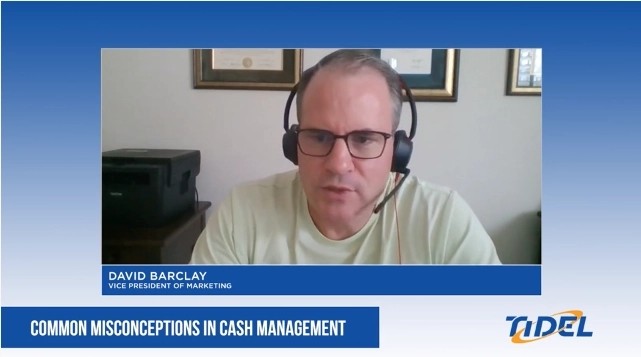POLYGON HELPS TO ENSURE THAT THE CROPS FARMERS GROW REACH OUR PLATES
American farmers work hard day in and day out to feed our nation and the rest of the world. Unfortunately, adverse environmental conditions can have a ruinous effect on stored crops. That’s why it is essential for farmers to properly manage temperature, humidity, and air flow through permanent climate control solutions to help prevent mold and preserve quality.
American Farmers are Using Advanced Technology to Feed the World
The U.N. Food and Agriculture Organization (FAO) estimates that 80 percent of the world’s food is produced by family farmers. And American farmers are responsible for a considerable portion of that total. In 2017, the U.S. shipped nearly $140 billion in crops, an 8 percent increase from the previous year. Even more significant, the world demand for food is expected to increase 60 percent by the year 2050. The need to produce more has led the U.S. government to advance the technological capabilities of American farmers through a process called “precision agriculture.” This innovative technique employs a combination of satellites, GPS, and drones to use less water, fertilizer, insecticides, and pesticides to produce a healthier crop–ultimately feeding more people using the same acreage. Of course, all this technology will be a waste if crops are lost in storage.
Controlling Temperature, Moisture, and Oxygen Content is Essential
Once crops are harvested and stored, they can quickly begin decomposing if they are not kept in ideal climate conditions. The degradation rate of grains during storage is most affected by temperature, moisture, and oxygen content. These factors have a direct influence on the speed of development of insects, mold, yeast, and bacteria, and can also lead to the premature germination of grain. In general, the higher the temperature, the lower the moisture must be to ensure the conservation of the products. With relative humidity below 65-70 percent, many grain degradation phenomena are slowed down, if not completely blocked. As for temperature, Ken Hellevang, a North Dakota State University Extension engineer, recommends bringing grain temperature down to freezing or below for winter storage in Northern states and maintaining a target temperature of 40°F in Southern states. In the summer, Hellevang recommends keeping the grain near 40°F to help control insect infestation.
Temporary Climate Solutions from Polygon Can Help Preserve Crops in Storage
Temporary climate solutions from Polygon ensure that the work of farmers makes it to the dinner table. When the climate conditions of a grain storage site need to be modified, Polygon can help make sure that the right equipment is in place to achieve the desired results. Our experts draw on their extensive knowledge about building construction, airflow dynamics, ventilation requirements, the impact of ceiling height and draft doors, and the effects of outdoor temperatures and humidity levels to determine the best solution, then employ continuous measurement and tracking to ensure that the right conditions are maintained. Our units are portable, versatile, easy-to-install, and cost-effective.
To find out more about Polygon Temporary Climate Solutions, visit https://www.polygongroup.com/en-US/services/temporary-climate-solutions/.



